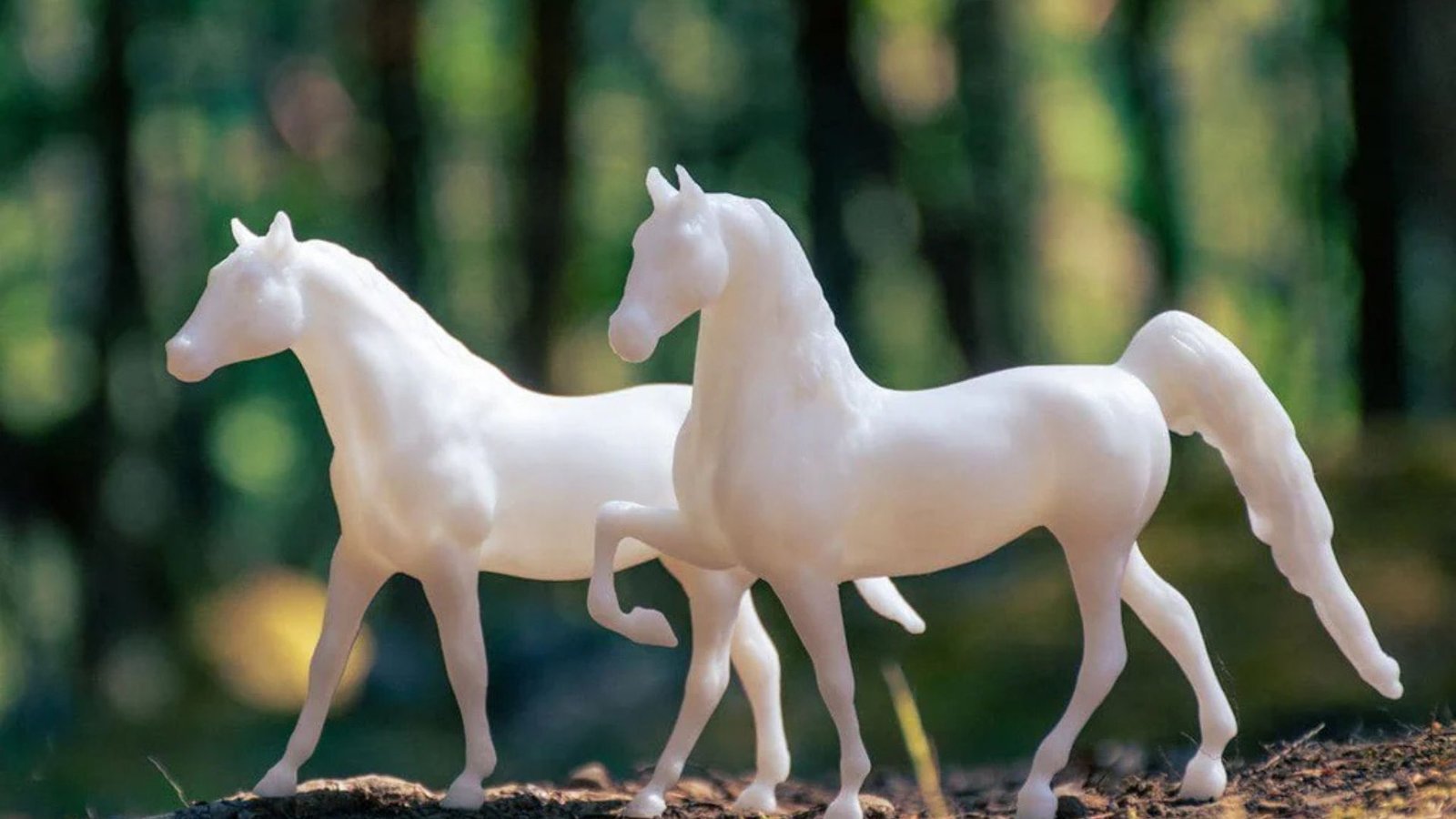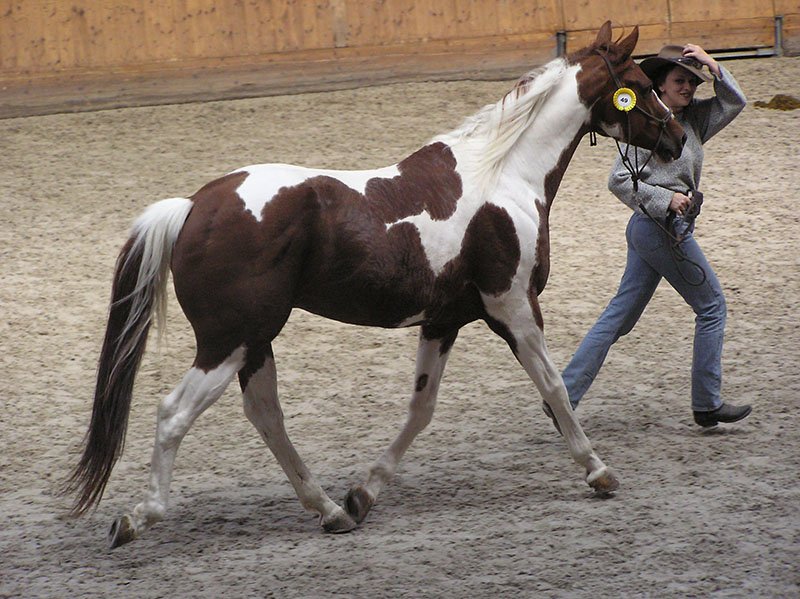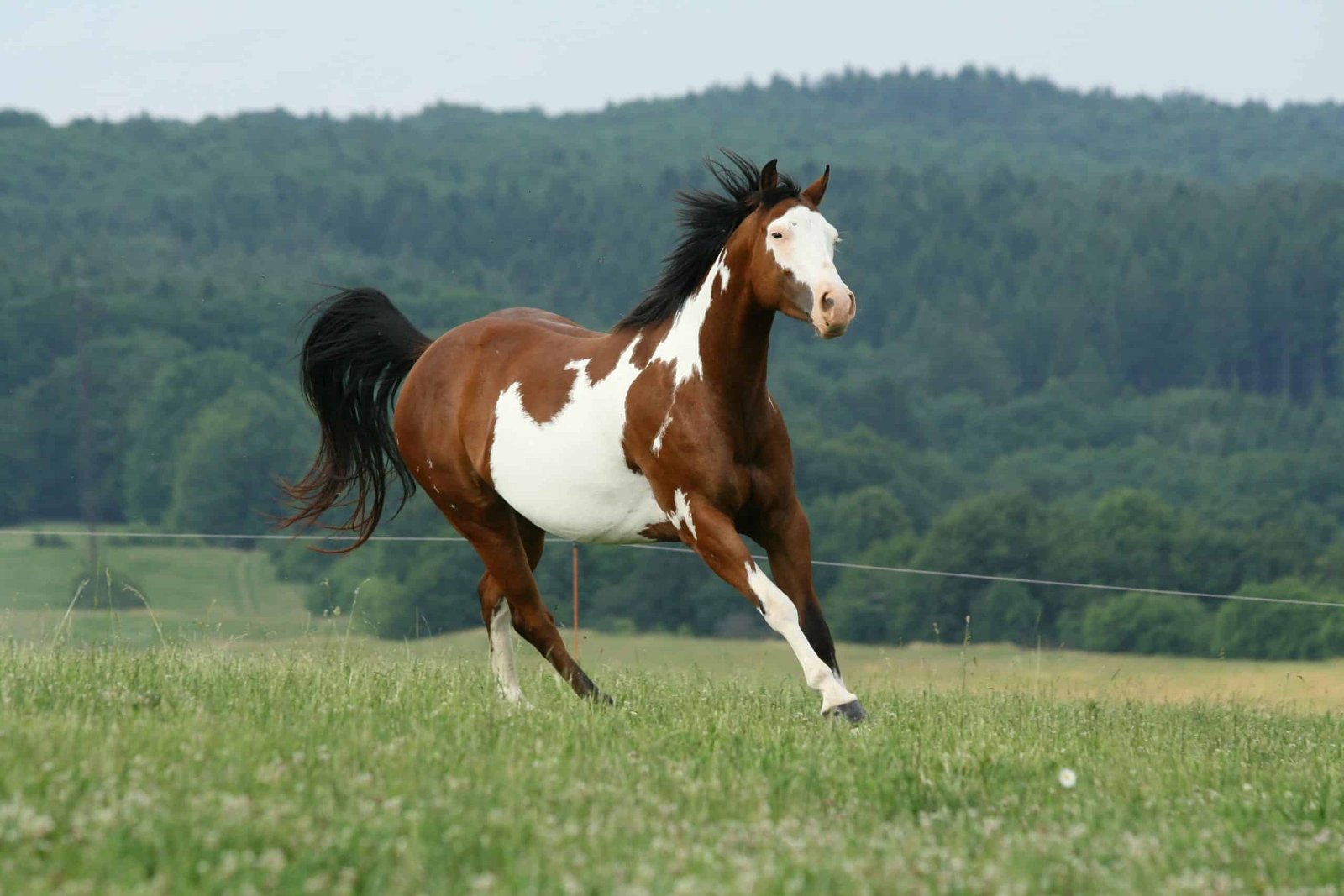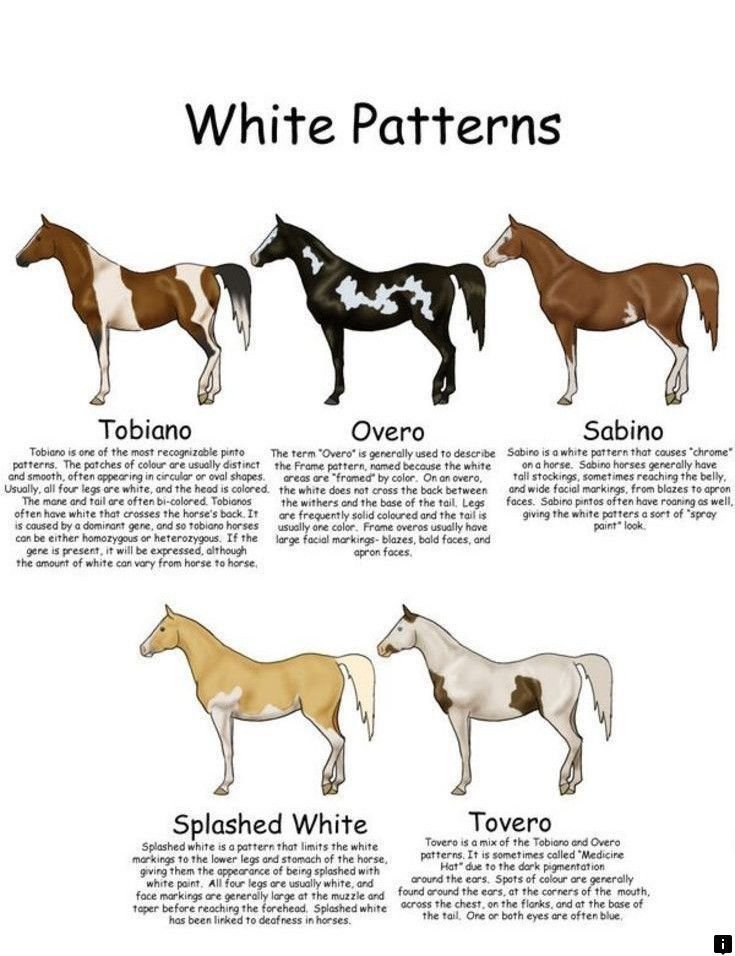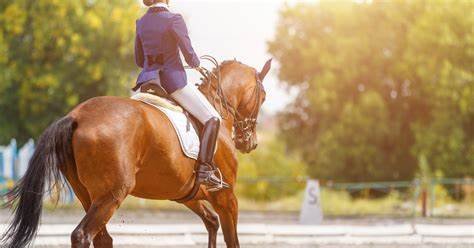Paint horses are versatile, eye-catching, and known for their unique coat patterns and friendly demeanor. Whether you’re looking for a riding companion, a show horse, or a workhorse, choosing the right Paint horse to meet your needs involves careful consideration. This guide will help you make the best choice.
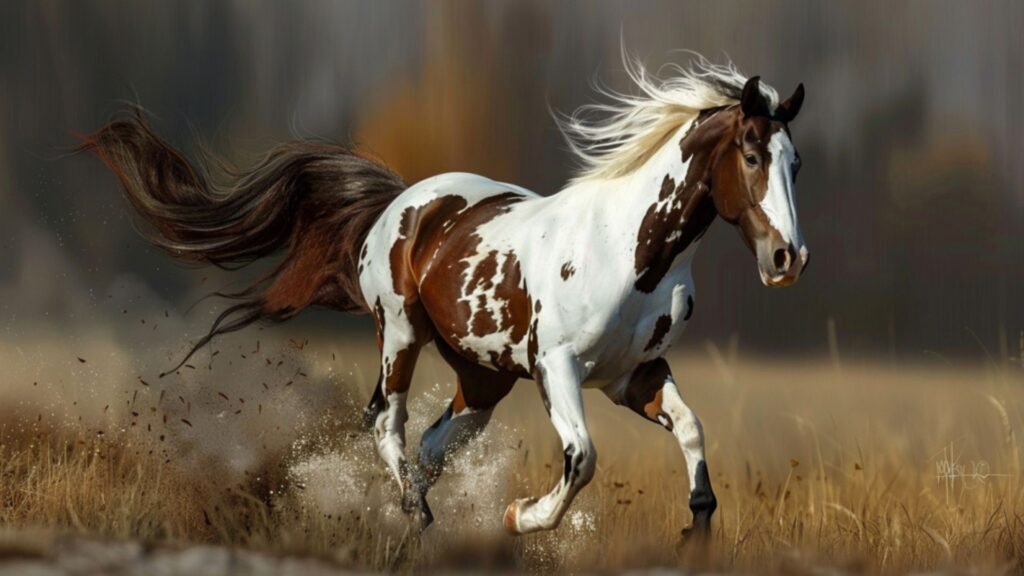
Understand the Purpose
Before selecting a Paint horse, determine your primary purpose for owning one.
- Riding Companion: If you’re looking for a trail or recreational riding horse, focus on temperament and training.
- Competition Horse: For show jumping, dressage, or Western pleasure, look for specific skills and experience.
- Workhorse: Paints are also used for ranch work. Strong, well-built horses with a calm nature are ideal for this.
Knowing your needs will narrow your choices and help you find a horse that suits your lifestyle.
Consider Age and Experience
The age and training of the horse are crucial factors.
- Young Horses: Foals and young Paints can be a rewarding challenge if you want to train and bond with them. However, they require significant time and expertise.
- Mature Horses: Older Paint horses often have established training and are ideal for beginners or those who want a reliable horse.
- Training Level: Evaluate the horse’s training for your intended purpose. A well-trained horse is essential for beginners and specific activities like competitions or ranch work.
Evaluate Temperament
Paint horses are known for their friendly and calm nature, but temperament varies between individuals.
- Beginners: Look for a horse with a calm and forgiving demeanor.
- Advanced Riders: Experienced riders may prefer a more spirited horse for high-energy activities like barrel racing or show jumping.
Observe the horse’s behavior around people and other animals. A good temperament ensures a safer and more enjoyable experience.
Check Conformation and Health
The horse’s physical condition and conformation significantly affect its suitability for different activities.
- Conformation: Look for strong, well-proportioned legs, a sturdy back, and good muscle tone.
- Health: Ensure the horse is in good health by checking for:
- Clear eyes and nostrils
- A shiny coat
- Healthy hooves without cracks
- No signs of lameness or injury
It’s wise to have a veterinarian conduct a pre-purchase examination to assess the horse’s overall health.
Assess Coat Patterns and Appearance
Paint horses are renowned for their striking coat patterns. While coat color doesn’t affect performance, it may matter if you’re selecting a horse for shows or personal preference.
- Tobiano: Large, rounded spots of color on a white base.
- Overo: Irregular white patches that don’t cross the horse’s back.
- Tovero: A combination of tobiano and overo patterns.
Choose a pattern that appeals to you, especially if appearance is a significant factor for showing or personal enjoyment.
Look Into Pedigree and Lineage
A horse’s pedigree can provide insights into its potential.
- Performance Lineage: Horses from a lineage known for specific disciplines like reining or dressage may excel in those areas.
- Genetic Traits: Understanding the lineage can also help predict temperament, size, and health.
Ask the seller for registration papers or proof of pedigree if this is important for your needs.
Test the Horse
Before committing to a purchase, spend time with the horse to ensure it’s a good fit.
- Groundwork: Lead, groom, and handle the horse to gauge its manners.
- Ride Test: If you’re buying a riding horse, take it for a test ride to evaluate comfort, responsiveness, and skill level.
- Interaction: Observe how the horse interacts with you, other people, and animals.
Consider Budget
Paint horses vary in price depending on factors like training, age, and pedigree.
- Initial Costs: Include the purchase price and any necessary veterinary exams.
- Ongoing Costs: Account for feed, farrier visits, boarding, and other care expenses.
Investing in a well-trained and healthy horse upfront can save money in the long run.
Find a Reputable Seller
Choose a reliable source to ensure you’re getting a quality horse.
- Breeders: Registered breeders often provide detailed records of the horse’s lineage and training.
- Rescue Organizations: If you’re open to adopting, many Paint horses are available through rescue groups.
- Trainers: Some trainers sell well-trained Paint horses suitable for various purposes.
Ask for references and read reviews before making a purchase.
Conclusion
Choosing the right Paint horse takes time, research, and careful evaluation. By considering your needs, the horse’s temperament, health, and training, and working with a reputable seller, you can find the perfect companion for riding, competition, or work. The bond you form with your Paint horse will be rewarding and unforgettable.







